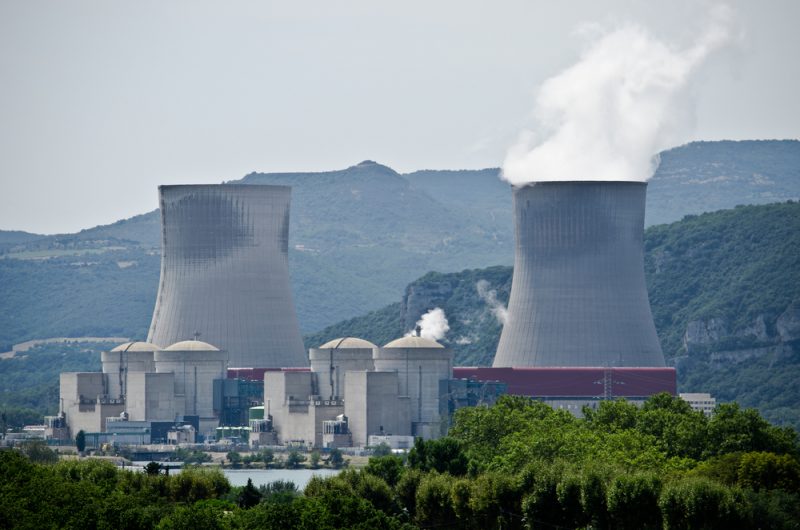US nuclear generation will decline as exiting plants retire, EIA report says

The U.S. Energy Information Administration’s (EIA) 2017 Annual Energy Outlook (AEO2017) Reference case assumes that approximately 25 percent of the nuclear capacity currently in operation that does not have announced retirement plans will be out of service by 2050.
Nuclear power currently makes up about 20 percent of electricity generation in the United States and
serves as baseload generation.
Almost all currently operating nuclear facilities began operation between 1970 and 1990. These plants have an original 40-year operating license, and 90 percent of plants now in use have either received or applied
for a 20-year extension. In order to operate beyond that 60-year timeframe, the facilities would require a
license renewal before 2050.
According to the AEO2017 Reference case, only four reactors currently under construction and some uprates at existing plants are projected to come online by 2050.
In EIA’s Reference case projections, the share of nuclear energy in the U.S. electricity generation mix is expected to fall from 20 percent in 2016 to 11 percent in 2050. More nuclear capacity is being retired than is being built, and natural gas and renewables are gaining market share.
The case also states that 9.1 gigawatts (GW) of nuclear capacity will be added between 2018 and 2050, as well as 4.7 GW of capacity results from operational changes that allow existing plants to produce more electricity. EIA projects that, during the same time period, 29.9 GW of nuclear capacity will be retired, resulting in a net decrease of 16.1 GW.
